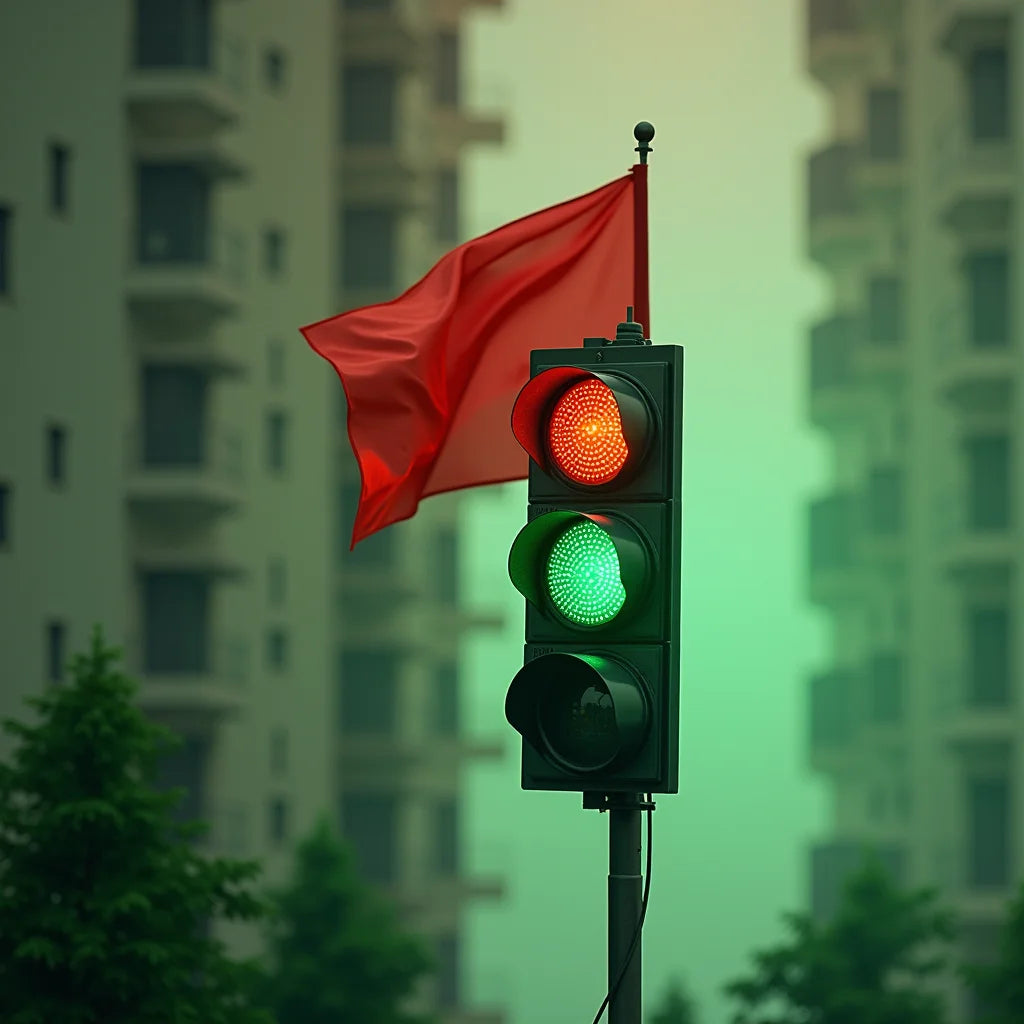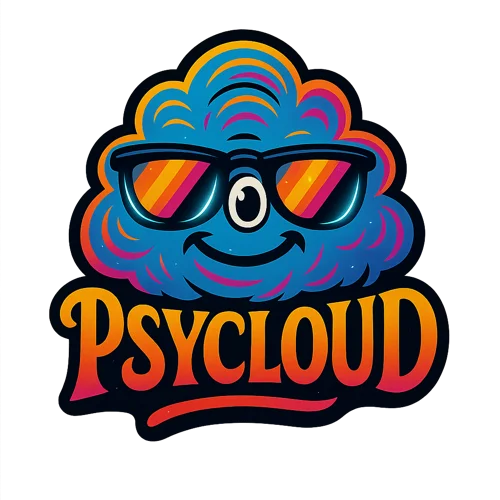
Red Flags and Green Lights in Eco Friendly Fashion Brands
Share
Updated on: 2025-09-30
- 1. Why Eco-Friendly Fashion Brands Matter for Your Closet
- 2. Eco-Friendly Fashion Brands: Myths vs. Facts
- 3. How to Choose Eco-Friendly Fashion Brands: Step-by-Step Guide
- 3.1 Quick Checklist for Ethical Clothing Brands
- 4. Frequently Asked Questions about Eco-Friendly Fashion Brands
- 5. Summary & Key Takeaways on Eco-Friendly Fashion Brands
- 6. Reader Q&A on Eco-Friendly Fashion Brands
- 7. About the Author: My Store My Store
Why Eco-Friendly Fashion Brands Matter for Your Closet
Eco-friendly fashion brands are the wardrobe equivalent of eating your veggies without tasting like broccoli. They aim to reduce waste, use safer materials, and treat workers fairly—all while helping you look less like a laundry-day emergency. If you’ve been searching for sustainable fashion brands and eco-conscious clothing brands that keep both style and ethics in the frame, you’re in the right fitting room. We’ll break down what makes a label planet-friendly, how to spot genuine ethical clothing brands, and how slow fashion can actually speed up your mornings by giving you a tighter, better wardrobe.
So, what makes a fashion brand eco-friendly? In short: responsible materials, transparent supply chains, fair labor, reduced water and energy use, and products built to last. Bonus points for take-back programs, repair services, and packaging that doesn’t arrive like a Russian nesting doll of plastic.
And yes, you can find affordable eco-friendly fashion brands for women and men—plus the best eco-friendly fashion brands made from organic materials—without cashing in your sock drawer. Let’s separate the truth from the green-tinted hype.
Eco-Friendly Fashion Brands: Myths vs. Facts
-
Myth: Eco-friendly fashion brands are always expensive.
Fact: Prices range widely. Slow fashion can be affordable when you buy fewer, better pieces, shop off-season, or look for outlet and last-season sales. Cost per wear often beats the fast-fashion splurge. -
Myth: Organic cotton solves everything.
Fact: Organic cotton is great, but the whole garment matters—dyes, trims, sewing conditions, and transport. Look for full-fabric stories and certifications where possible. -
Myth: If the tag says “recycled,” it’s sustainable.
Fact: Recycled materials help, but low-quality blends can be hard to recycle again. Durability, repairability, and end-of-life plans matter just as much. -
Myth: Ethical clothing brands don’t do trendy.
Fact: Plenty of eco-conscious clothing brands deliver style with substance. Think timeless silhouettes with fun color drops instead of “blink and it’s outdated” micro-trends. -
Myth: One “green” collection makes a brand sustainable.
Fact: A single capsule doesn’t offset a giant footprint. Evaluate the whole company, not just the marketing highlight reel.
How to Choose Eco-Friendly Fashion Brands: Step-by-Step Guide
Use this practical, planet-friendly process. It’s like a treasure map, but the X stands for “excellent wardrobe choices.”
- Start with materials: Favor organic cotton, linen, hemp, TENCEL Lyocell, and certified recycled fibers. For the best eco-friendly fashion brands made from organic materials, check fabric breakdowns and look for credible certifications.
- Check transparency: Does the brand share factory locations, audit summaries, or worker welfare programs? If it’s hush-hush, consider it a red flag—mystery isn’t a virtue in supply chains.
- Scan durability cues: Double-stitched seams, reinforced stress points, sturdy zippers, and fabric weight. Slow fashion is about garments that can outlast your plant’s lifespan.
- Evaluate care and end-of-life: Clear care guides, repair support, take-back programs, and recyclable packaging. A brand that plans for a garment’s goodbye is thinking long-term.
- Assess labor ethics: Look for living wage commitments, third-party audits, or memberships in initiatives that promote safe, fair working conditions.
- Mind the dyes and finishes: Low-impact or plant-based dyes and non-toxic finishes are kinder to skin and waterways. Glitter? Fun, but microplastics are not invited.
- Compare cost-per-wear: A higher upfront price may become the thrift of legends after 100 wears. Your future self (and wallet) will thank you.
- Avoid greenwashing: If a brand says “eco” without data, ask questions. Look for impact reports, footprint disclosures, or progress updates.
- Shop smarter, not more: Curate a capsule wardrobe. Fewer, better pieces reduce decision fatigue and closet clutter—welcome to the calm side of style.
- Support alignment: Choose brands that align with your values, whether that’s vegan materials, circular design, or local production.
Quick Checklist for Ethical Clothing Brands
- Material clarity (organic, recycled, or traceable fibers)
- Labor transparency (wages, audits, factory info)
- Longevity (repairs, warranties, quality markers)
- Packaging (recycled, recyclable, or minimal)
- End-of-life plan (take-back, resell, or compostable where applicable)
Want to extend this into accessories that match your values? Consider stainless steel drinkware and vegan crossbody styles that play nicely with eco wardrobes. Try a functional switch-up with a responsible accessory like a reusable bottle set from stainless steel mugs & bottles, or keep hands free with a vegan sling bag built for everyday adventures. For tees, mix art and ethics with options for men and women that pair well with slow fashion basics.
Frequently Asked Questions about Eco-Friendly Fashion Brands
What makes a fashion brand eco-friendly?
Consistent use of lower-impact materials, transparent supply chains, fair labor practices, responsible dyeing and finishing, and designs made to last. Sustainable fashion brands also reduce waste in packaging and offer guidance on care, repair, and recycling.
Which eco-friendly fashion brands are genuinely sustainable and affordable?
Look for labels that publish impact data and use organic or recycled fibers in core collections, not just limited capsules. Focus on durability and cost-per-wear, browse outlet sections, and prioritize versatile pieces. Many ethical clothing brands offer essential tees, denim, and accessories at approachable prices—especially off-season.
How does slow fashion differ from fast fashion?
Slow fashion emphasizes quality, responsible production, and timeless design over rapid trend cycles. You buy fewer items that work harder, which reduces environmental impact and cuts down on closet chaos. It’s fashion’s version of “measure twice, cut once.”
Summary & Key Takeaways on Eco-Friendly Fashion Brands
Eco-friendly fashion brands prove that looking good and doing good can be the same outfit. Start with better materials and transparency, check durability, and aim for slow fashion staples you’ll wear on repeat. Keep your greenwashing radar switched on, factor in cost-per-wear, and choose pieces that match your values. Tiny changes snowball—especially when you favor items that last.
- Prioritize traceable, lower-impact materials and fair labor.
- Go slow: buy fewer, better, and repair when possible.
- Use checklists and impact data to avoid greenwashing.
- Build a flexible capsule—your future self will thank you.
Ready to make your wardrobe do more with less? Start small with a durable accessory or a timeless tee that fits your values and your calendar.
Reader Q&A on Eco-Friendly Fashion Brands
Are certifications worth paying attention to?
They’re helpful signposts. While no single label guarantees perfection, credible certifications can confirm fiber sourcing, chemical safety, or labor standards. Use them alongside brand transparency and quality checks.
What care tips help eco-conscious clothing last longer?
Wash cold, air-dry when possible, spot-clean between washes, and store knits folded. Gentle habits reduce energy use and make fabrics last longer—think spa day for your clothes.
How do I clean out my closet without creating waste?
Resell, donate thoughtfully, swap with friends, or upcycle. Check if the brand offers take-back programs. If an item is worn-out, look for textile recycling drop-offs that accept it as raw material.
Do eco-conscious clothing brands offer inclusive sizing?
More brands are expanding size ranges. If a favorite isn’t there yet, send feedback—customer requests often drive the next size extension.
Is plant-based “vegan leather” always better than real leather?
Not always. It depends on the material (like cork or cactus vs. plastic-heavy PU) and product lifespan. Choose the option that balances durability, maintenance, and environmental footprint for your use case.
About the Author: My Store My Store
My Store My Store
My Store My Store writes practical, good-humored guides that help shoppers navigate eco-friendly fashion brands with confidence. With years of experience in sustainable style and product curation, we turn complex criteria into clear, wearable advice. Thanks for reading—your next great outfit might also be your most responsible one.
